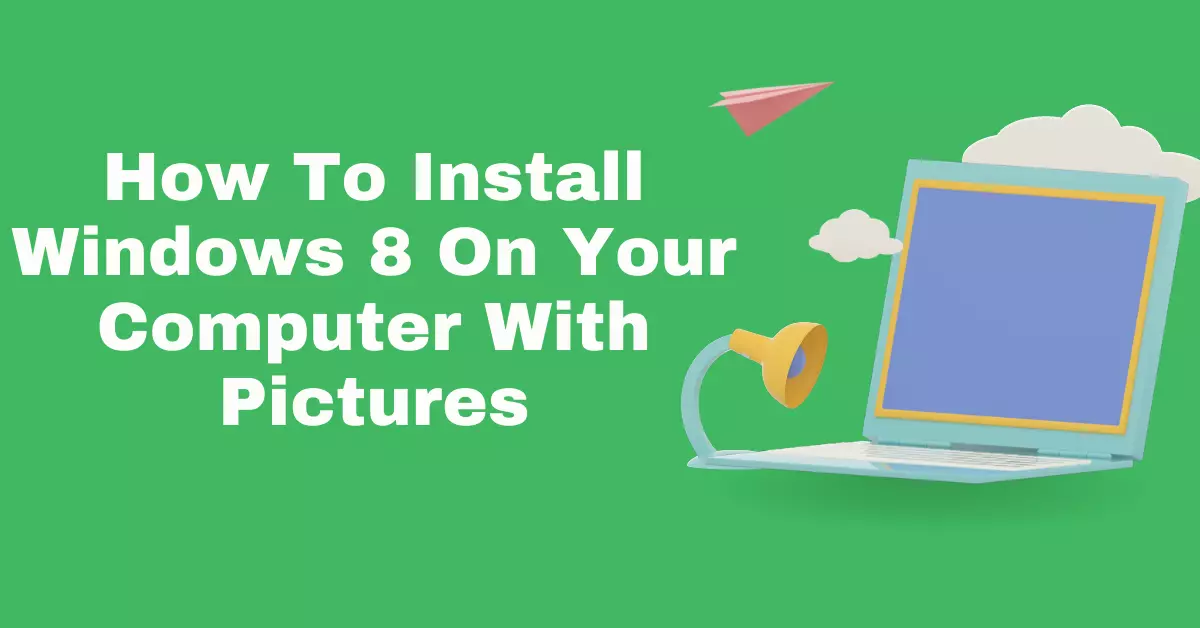Microsoft Windows 10 may be around the corner, but the company is still issuing Windows 8.1 updates on a fairly regular basis. If you’re already using Windows 8.1, and aren’t sure you’re running the latest system update, the easiest way to check and download it is to visit PC Settings (the new Control Panel, available from the right-hand menu bar) and click “Update and recovery.” There is also the option to download the latest Windows 8.1 Update as standalone files, if you want to archive them or perform an offline or enterprise installation.
Welcome to the FreeDOS 1.2 install program. We provide a standard warning here. For new users, we recommend installing FreeDOS in a PC emulator or “virtual machine.” If you install FreeDOS on a computer directly, without using a PC emulator, you may overwrite the operating system you have now (for example, Windows.) Please be careful. It is possible to install any Windows Operating system on DOS laptop. You just need a licensed version of windows on Bootable DVD or USB to install it. FreeDOS 1.3 RC4 LiveCD. The FreeDOS 1.3 RC4 installer. Most users should use this image to install FreeDOS. Depending on your computer system and hardware configuration, you can also use the LiveCD to boot and run FreeDOS directly from the CD-ROM without installation to your hard drive.
How To Install Windows 8.1 On Free Dos Games

If you haven’t already installed the latest system updates, you should do so — Microsoft has said that users won’t get any security updates if they stick with older versions of Windows 8.1. To continue receiving security updates, you need to make sure you’re running the latest version of the OS. How do you do that, for free? Just follow these simple instructions.

How to download and install the latest Windows 8.1 Update
As we previously mentioned, the quickest way to get the latest update is to use the PC Settings control panel. If you do that, skip ahead to the section at the end of the story with tips on how to make the most of it. If you want to download the standalone files, though, read on.
As always, we have to preface this with the usual disclaimer: Downloading Windows updates using unconventional methods is risky. At the very least, you should ensure that the SHA hash of the downloaded file matches by using the Microsoft File Checksum Integrity Verifier (a free tool). If you have any important documents on your computer, you should back them up, too (this should be an unnecessary precaution, though; updates are just a bunch of patches, rather than a complete reinstallation).
Use the following links to download the right version of Windows 8.1 for your computer’s architecture (probably 64-bit, unless you have an older computer or a tablet).
Official Windows Update download links:
- 64-bit:
KB2919442 / KB2919355 / KB2932046 / KB2937592 / KB2938439 / KB2934018 - 32-bit:
KB2919442 / KB2919355 / KB2932046 / KB2937592 / KB2938439 / KB2934018 - ARM:
KB2919442 / KB2919355 / KB2932046 / KB2937592 / KB2938439 / KB2934018
Alternatively, if you don’t like direct downloads, you can always hit up the official Windows Update website, which always points you to the latest version, and follow the instructions there.
Once you’ve downloaded the initial Update 1, you will have six separate patches that need to be installed in a very specific order. Your computer will need to reboot a few times during the process.
- KB2919442
- KB2919355
- KB2932046
- KB2937592
- KB2938439
- KB2934018
How To Install Windows 8.1 On Free Dos Iso
Windows 8.1 Update Desktop. Note how Metro apps can now be minimized to the Taskbar.
Life after updating Windows 8.1
If you’re a mouse-and-keyboard person, you will find that the latest version of Windows 8.1 makes the Metro interface more palatable. Whether this will move you to actually use the new Start screen is a different question. Unless there’s a Metro-style app that you really want to use, you will probably still find yourself on the Desktop, using a third-party app to bring back the Windows 7-style Start menu. On the rare occasion that you find yourself thrust into the new Metro interface, at least the latest version of Windows 8.1 makes the whole experience feel a little less you’re being brutally plucked out of one operating system and unceremoniously dumped in another. So that’s good.
On the Desktop side of things, the latest update doesn’t change much. Recent tweaks have included better support for high-PPI displays, and that audio and video files now open in Photo Viewer and Media Player, respectively, rather than bouncing you into Metro. For Windows 8.1 tablet owners, you now get a Search button on the Start screen, and some of the stock Metro apps have been updated/improved. Really, though, if you’re a power user and have some free time to play around, check out how to install Windows 10 Technical Preview in a virtual machine. Soon, things will get much, much better.
Sebastian Anthony wrote the original version of this article. It has since been updated with new information.